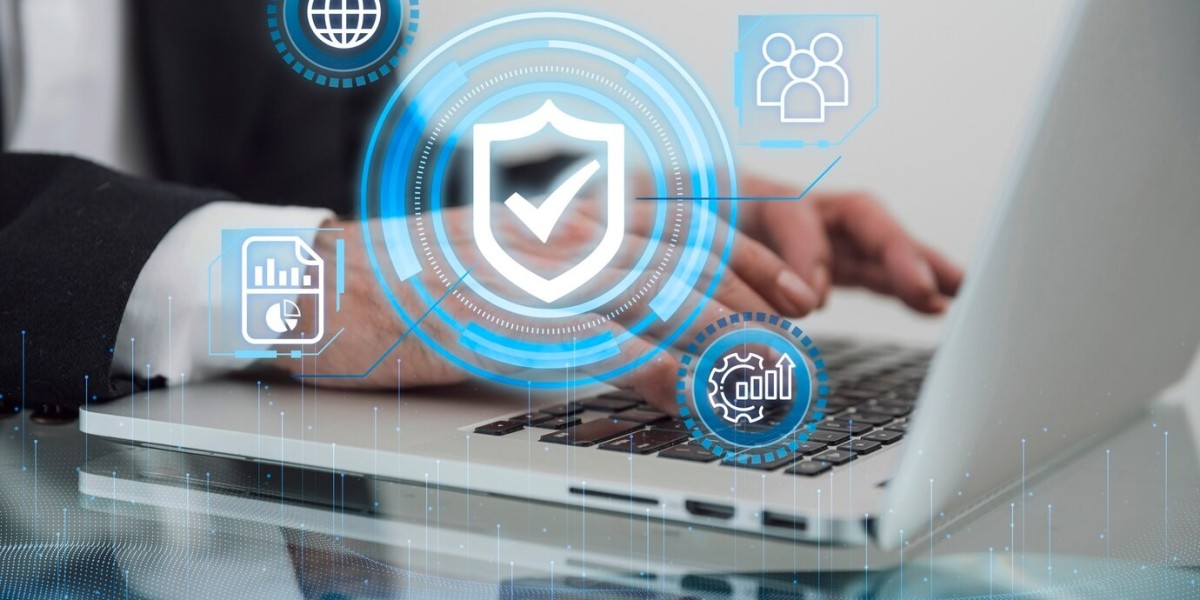In today’s digital landscape, businesses of all sizes face an increasing variety of cyber threats, making cybersecurity a top priority across industries. For individuals pursuing a cyber security job ready program, understanding these common threats can be instrumental to launching a successful career in protecting organizations from cyber risks. Let’s dive into the top 10 cyber threats facing businesses today and how each poses significant challenges to company security, reputation, and financial stability.
1. Phishing Attacks
Phishing remains one of the most prevalent and dangerous cyber threats. In a phishing attack, cybercriminals deceive employees into revealing sensitive information, such as login credentials or financial data, by posing as legitimate entities through emails, messages, or websites. These attacks often result in data breaches and financial losses, as attackers can gain unauthorized access to systems. Businesses need to focus on educating employees about phishing schemes and implementing advanced email filtering systems to minimize this threat.
2. Ransomware Attacks
Ransomware is malicious software designed to encrypt data on a victim's device or network, making it inaccessible until a ransom is paid. Over the past few years, ransomware attacks have become increasingly common and sophisticated, especially targeting large organizations and critical infrastructure. Ransomware incidents not only result in significant financial costs but can also damage a company's reputation if data is leaked. Businesses can reduce their risk by regularly backing up data, using advanced threat detection systems, and having a well-developed incident response plan.
3. Insider Threats
Insider threats occur when employees, contractors, or partners intentionally or unintentionally compromise a company's security. These threats are particularly challenging because insiders often have authorized access to sensitive information. Whether due to negligence, malicious intent, or compromised accounts, insider threats can lead to data breaches and financial losses. To address insider threats, businesses should enforce strict access control policies, monitor user activity, and invest in employee cybersecurity training.
4. Distributed Denial of Service (DDoS) Attacks
A DDoS attack overwhelms a website or online service with a massive amount of traffic, causing it to crash and become unavailable. DDoS attacks are often used to disrupt business operations, cause financial losses, and damage a company’s reputation. These attacks can also serve as a distraction while attackers attempt to breach a company’s network. Businesses can mitigate DDoS threats by investing in DDoS protection services, monitoring network traffic, and establishing a plan for incident response.
5. Malware Attacks
Malware, or malicious software, is any software intentionally designed to cause damage or disruption to computer systems. Malware can take many forms, such as viruses, worms, trojans, and spyware, and can infect devices through downloads, email attachments, or compromised websites. Malware can steal sensitive data, disrupt operations, and even render systems inoperable. Companies can protect themselves against malware by using robust antivirus software, educating employees on safe online practices, and implementing endpoint protection solutions.
6. Man-in-the-Middle (MitM) Attacks
In a MitM attack, an attacker intercepts and manipulates communication between two parties without their knowledge, often to steal sensitive information. These attacks typically occur when employees access unsecured Wi-Fi networks or through compromised applications. Once the attacker gains access to the communication, they can capture login credentials, financial data, and other sensitive information. Businesses should encourage secure browsing practices, implement encrypted connections, and use VPNs (Virtual Private Networks) to protect sensitive communications.
7. SQL Injection Attacks
SQL injection is a type of attack where cybercriminals exploit vulnerabilities in an application’s software by inserting malicious code into a SQL query. This attack enables attackers to manipulate the database, potentially granting them access to sensitive data or allowing them to alter or delete important records. SQL injection attacks pose a significant threat to businesses that store customer data, as these attacks can lead to data breaches and compliance violations. To mitigate SQL injection risks, businesses should secure applications with input validation, conduct regular code reviews, and use firewalls designed to detect these attacks.
8. Password Attacks
Password attacks are among the most basic yet effective forms of cyber threats. These attacks include techniques like brute force, dictionary attacks, and credential stuffing, where attackers attempt to guess or steal passwords to gain unauthorized access to accounts. Once inside, they can exploit access to steal sensitive information, install malware, or escalate privileges. Businesses can reduce password attack risks by enforcing strong password policies, encouraging multi-factor authentication, and educating employees on the importance of unique, complex passwords.
9. Supply Chain Attacks
Supply chain attacks involve infiltrating an organization by targeting less secure elements within its supply chain, such as third-party vendors. These attacks are difficult to detect and mitigate because they exploit trusted relationships between companies and their suppliers. A successful supply chain attack can compromise sensitive data, disrupt operations, and even spread malware to multiple organizations. Businesses should conduct thorough security assessments of their vendors, establish stringent data-sharing policies, and regularly monitor third-party access to sensitive data.
10. Advanced Persistent Threats (APTs)
APTs are prolonged and targeted attacks by skilled cybercriminals aiming to infiltrate and remain undetected in a network for an extended period. APTs are typically initiated by state-sponsored groups or well-resourced hackers seeking high-value information, such as intellectual property or sensitive data. Once inside, attackers can move laterally across the network, potentially compromising other systems and gathering critical data. To combat APTs, businesses should implement robust security measures, including network segmentation, intrusion detection systems, and continuous monitoring.
How Can Businesses Defend Against These Cyber Threats?
To protect themselves against these top cyber threats, businesses must invest in a comprehensive cybersecurity strategy that combines technology, policies, and employee education. Here are a few steps businesses can take:
Invest in Cybersecurity Training
Employees are often the first line of defense, making cybersecurity awareness training essential. Training can help employees recognize phishing attacks, use strong passwords, and follow security protocols to minimize risks.Implement Multi-Factor Authentication (MFA)
MFA adds an extra layer of security by requiring users to verify their identity in multiple ways. This reduces the likelihood of unauthorized access, even if passwords are compromised.Adopt Strong Network Security Practices
Using firewalls, antivirus software, and endpoint security solutions can help protect against malware and unauthorized access. Regular network monitoring can also detect unusual activity early.Regularly Back Up Data
Backups are crucial for recovering from ransomware and other data loss incidents. Businesses should regularly back up important data and store it in secure, isolated environments.Engage in Vulnerability Management
Conducting regular security audits, patching vulnerabilities, and updating software can help protect against attacks that exploit outdated systems or insecure applications.Encourage Secure Communication Practices
Businesses should use VPNs and encrypted communication channels to protect sensitive information shared across the network.
Final Thoughts
The cyber threat landscape is continuously evolving, and businesses must remain vigilant to safeguard their digital assets, data, and reputation. From phishing attacks to advanced persistent threats, each cyber threat presents unique challenges. However, a proactive approach that incorporates a solid cybersecurity framework, advanced threat detection tools, and an educated workforce can significantly reduce the risks posed by these threats.
With the right combination of technology and education, businesses can empower their teams to recognize and respond to cyber threats effectively, ensuring a more secure and resilient environment.










